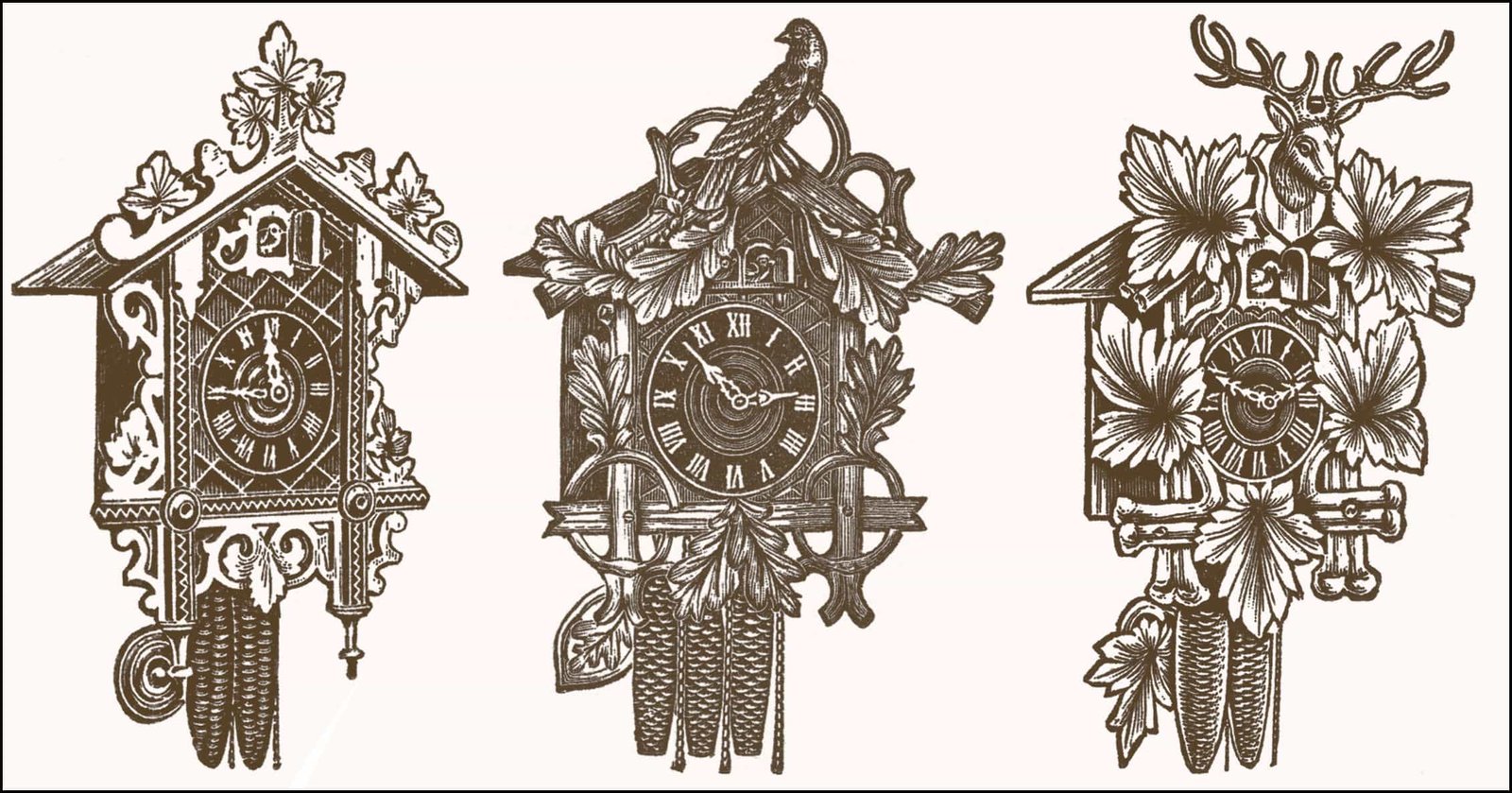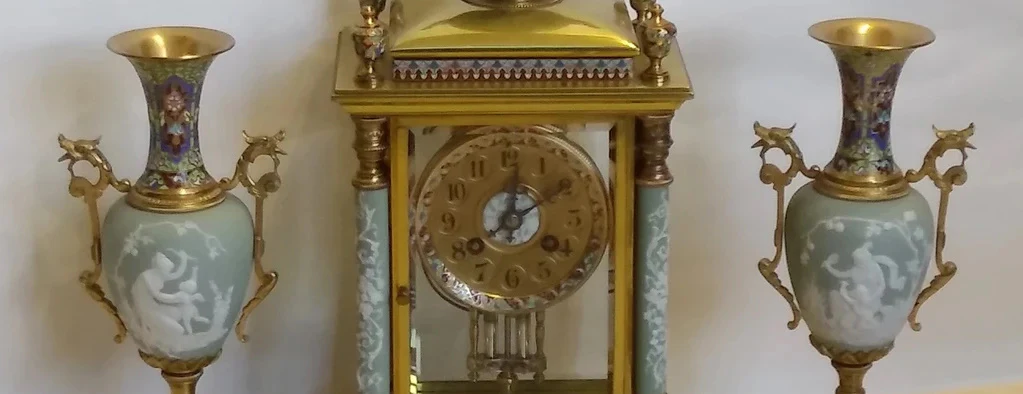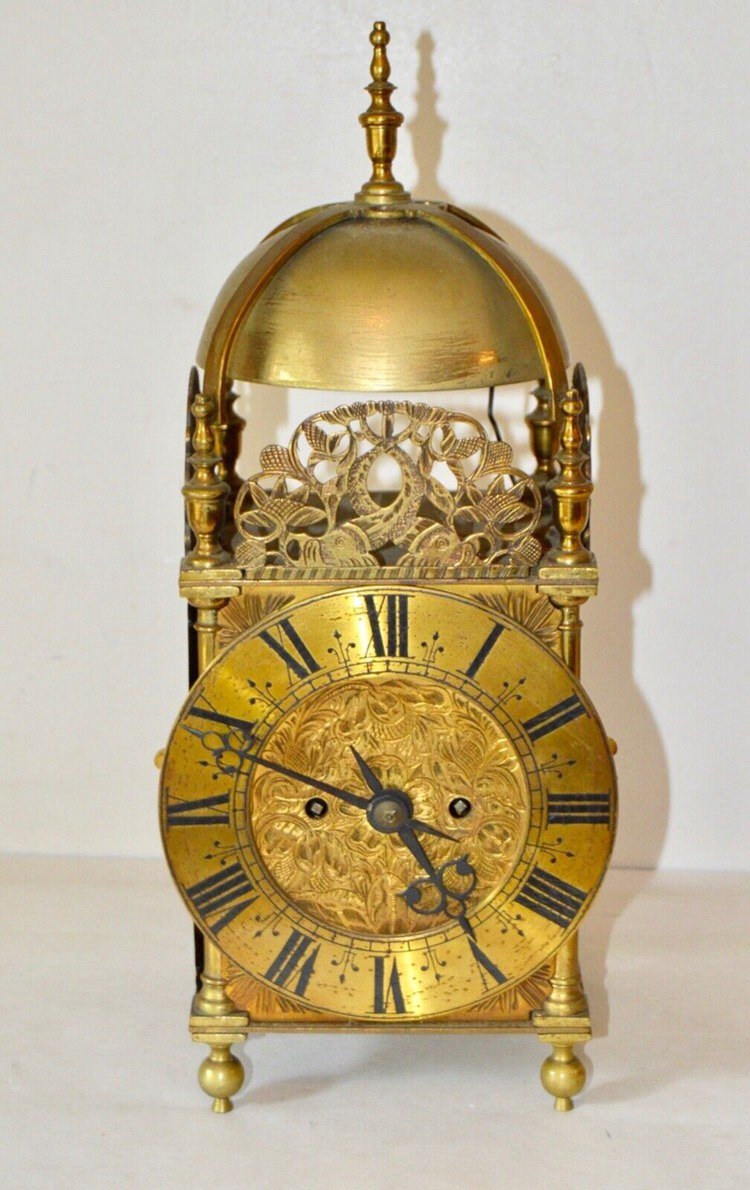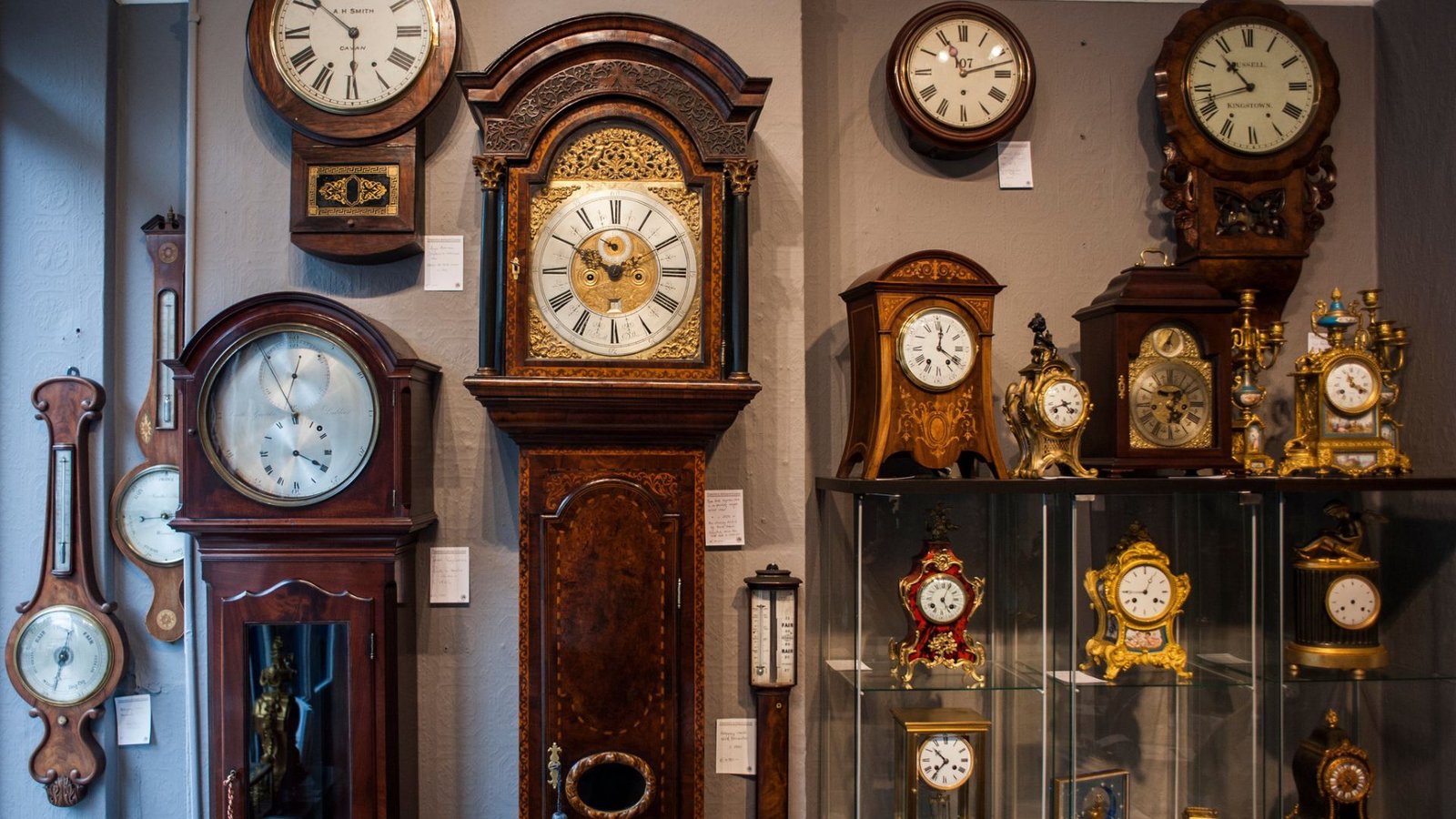Clocks have been around for centuries, and so has the art of clock repair. From the intricate mechanical wonders of ancient times to today’s high-tech timepieces, the evolution of clock repair reflects both technological advances and the timeless craftsmanship of skilled horologists. This blog explores the history of clock repair, tracing its journey from traditional techniques to modern methods that keep clocks ticking with precision.
Early Days: The Birth of Clockmaking and Repair
The history of clock repair dates back to the invention of the first mechanical clocks in the 13th century. These early clocks were found in church towers and were massive, complex devices powered by weights and gears. Their size and complexity required regular maintenance and repairs, often carried out by the same craftsmen who built them—known as horologists.
The art of clock repair during this period was closely tied to clockmaking itself. Horologists were master craftsmen skilled in creating gears, springs, and levers by hand. When a clock malfunctioned, repairs involved replacing or adjusting these hand-forged components, using basic tools like hammers, files, and screwdrivers.

The Renaissance of Horology: Advances in Clock Repair
The 16th and 17th centuries marked a golden age for clockmaking, as pendulum clocks were introduced. This invention revolutionized timekeeping by improving accuracy, and clocks became more widespread in homes, leading to the need for more localized repair services.
During this era, clock repair evolved into a specialized trade. Many cities had clock repair shops that catered to the wealthy, who now had personal clocks in their homes. Repair techniques were still very manual and labor-intensive, requiring deep knowledge of clock mechanisms and craftsmanship. Common repairs included:
- Adjusting the pendulum for accurate timekeeping
- Replacing broken or worn-out gears
- Repairing or replacing the clock face and hands
- Cleaning the clock’s interior to ensure smooth operation
As clocks became more elaborate, featuring striking mechanisms, chimes, and additional dials, repair methods had to adapt to these new complexities.
The Industrial Revolution: A New Era for Clock Repair
The 18th and 19th centuries ushered in the Industrial Revolution, which had a profound impact on clockmaking and repair. Mass production of clocks became possible, and affordable timepieces flooded the market. While this increased accessibility to clocks, it also meant that repair methods needed to adapt to the sheer volume and variety of clocks being produced.
Factory-made parts replaced handcrafted components, making it easier to repair clocks since horologists could now order standardized parts rather than create them from scratch. This shift allowed more people to enter the clock repair trade, although skilled craftsmanship was still required for complex repairs or antique clock restorations.
With the advent of new tools, such as specialized calipers and lathe machines, clock repair became more precise. The use of micrometers allowed repairers to measure tiny components with accuracy, ensuring a higher quality of repair work.
20th Century: The Rise of Quartz and Electronic Clocks
The invention of quartz clocks in the mid-20th century marked another significant shift in the clock repair industry. Quartz clocks were far more accurate than their mechanical predecessors and required fewer moving parts. While this advancement reduced the need for traditional mechanical repairs, it introduced new challenges for clock repairers, who now had to be familiar with electronic components.
Clock repairers adapted by learning how to fix and replace quartz oscillators, batteries, and other electronic parts. The shift from mechanical to electronic clocks led to the diversification of the clock repair industry, with some repair shops specializing in antique mechanical clocks and others focusing on modern quartz models.
The widespread adoption of digital clocks in the latter half of the 20th century further reduced the need for traditional clock repair, but the demand for maintaining and restoring vintage and antique clocks ensured that skilled horologists remained in business.
Modern Clock Repair: Technology Meets Tradition
Today, clock repair combines centuries-old craftsmanship with modern technology. While the methods of repairing antique and mechanical clocks remain largely unchanged, modern tools and materials have streamlined the process. For instance:
- Ultrasonic cleaning machines are used to clean tiny parts with precision, removing dust and grime that can affect a clock’s performance.
- 3D printing allows repairers to recreate missing or broken parts that are no longer available for older clocks.
- Computer-aided design (CAD) tools help horologists design intricate components that fit seamlessly into existing clock mechanisms.
In the case of quartz and digital clocks, repairers now use multimeters and oscilloscopes to diagnose electronic issues and ensure that all circuits are functioning correctly.
Despite these technological advancements, the demand for skilled craftsmen to repair and restore antique clocks remains high. Collectors and enthusiasts continue to seek out experts who can maintain and restore their valuable timepieces, ensuring that these clocks continue to run for generations.
The Future of Clock Repair
As technology advances, so too will the field of clock repair. While traditional mechanical clocks will always require the expertise of skilled horologists, the increasing popularity of smartwatches and other digital devices may present new challenges for clock repair specialists.
Looking ahead, the integration of artificial intelligence (AI) and machine learning into timekeeping devices could lead to new forms of diagnostics and repair. Repair specialists may one day use AI-powered tools to detect issues in electronic clocks and watches, streamlining the repair process even further.
However, the charm and craftsmanship of traditional clocks will always have a place in the world of horology. The art of clock repair, steeped in centuries of history, will continue to evolve while honoring its past.
Conclusion
Clock repair has come a long way from its roots in traditional craftsmanship. From the early days of hand-forged gears and pendulums to the modern era of quartz mechanisms and digital technology, the evolution of clock repair is a testament to humanity’s enduring fascination with time. Whether you’re maintaining a family heirloom or restoring a vintage find, clock repair will continue to play a vital role in preserving these timeless pieces for future generations.




